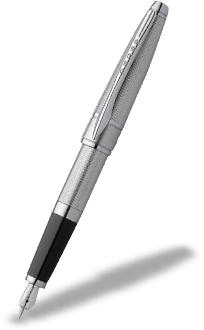The headline statement of President Barack Obama was of general application. It assumed more resonance when the Democrats lost the majority in Congress. The PPP learned the lesson that politics is the art of compromise before President Obama was born. Compromise was the basis of its early leadership. It was attempted during the crisis years of the early 1960s, then during authoritarian rule. Compromise allowed it to negotiate around oppression and build alliances for survival.
Yet, ignoring this history, pro-PPP/Government criticisms greeted my article last week (“The chickens have come home to roast”) in which I suggested compromises to get agreement on the AML/CFT bill. One critic accused me of adopting ‘false equivalencies’ between Government and Opposition, forgetting that the legislature, in the expression of its majority will, is of equal status with the executive. The other suggested that I should stop recommending compromises and get ‘backbone.’ Both ignored the fact that the Government holds a minority position in the National Assembly, cannot get its legislation passed without Opposition support, and itself offered compromise solutions to Opposition demands.






